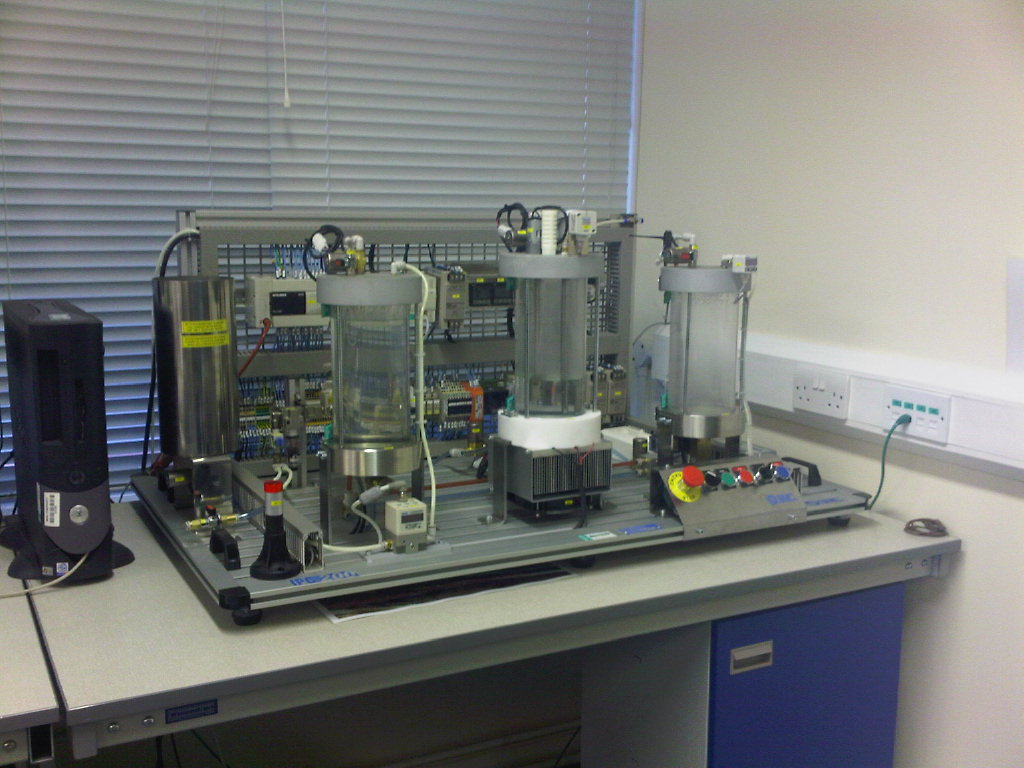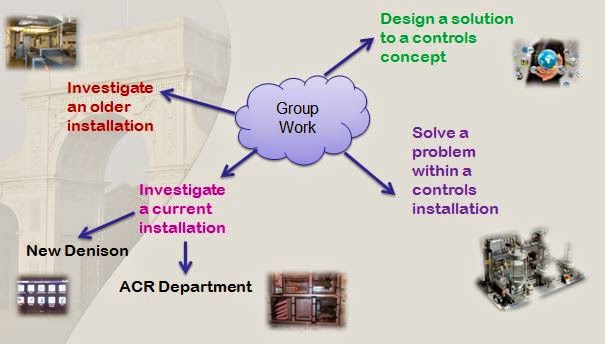Let me summarise the events that unfolded in the run up to the start of the module, bearing in mind that I was already well into preparation mode and the OU don't start paying me until October.
1. An impersonal email was sent to me warning that student numbers are down and there was a possibility that I would not be required this year.
2. A second email stating that this was now quite likely so be prepared to take one of a number of options. Find another module quick, take a year out or take redundancy.
3. Having been saved by a last minute rush, well more like the manipulation by some supportive tutor managers, I then received a letter informing me I would take a 10% pay cut if I didn't get one more student.
How did I feel

What can I say, undervalued, pretty annoyed and it was time to weigh up my options.
The OU don't pay a lot, most tutors do it because they enjoy it and are either supplementing an income or are semi-retired. I have been a tutor for 15 years and don't like the idea of being cast to one side because the numbers are down, it certainly like a 0 hrs contract. I fall into the category of enjoying it because the tax man gets much of my pay.
However the result of this is that I am now now going to analyse the time I spend on OU duties and reduce it. My plans to retire early and take on more modules and therefore work as a freelance educator are going to be reviewed at the end of the year. I will by then have a definitive example of what it has cost me in time to perform the role of an OU Tutor this year and I use that to help me make an informed decision.
Throw some technology at it
By creating an online form using google forms and linking to a spreadsheet I now have an easy way of logging all OU activity. It takes seconds on my phone to log an activity and quickly tag it into various categories. Well I feel much better for doing it and if nothing else it will help me realise just how much the OU get for free.





